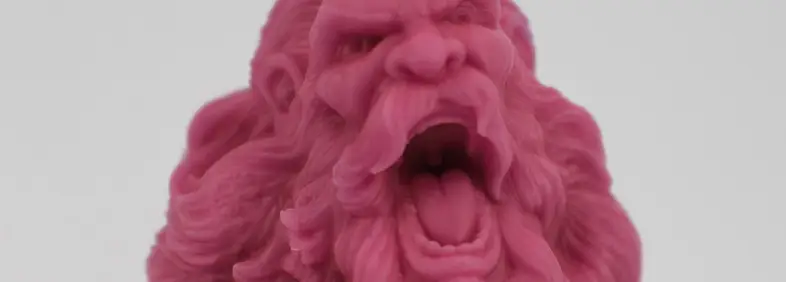No products in the basket.
Cart
3D Printing in Standard Resin
Standard resin is known for its ability to produce parts with great detail and extremely smooth surfaces. This material is ideal for applications that require high precision, such as models, visual prototypes, and parts with complex features. Resin allows for the creation of parts with a smooth finish, which can be further improved with a simple post-processing step, such as sanding or polishing.
Although this compound is not as strong as other materials such as ABS, it is still suitable for applications where aesthetics and detail are more important than mechanical strength. It can be easily painted after printing to meet the aesthetic needs of the project.




ADVANTAGES OF STANDARD RESIN
When is the perfect material choice?
Ideal for parts that require high precision and fine detail
Extremely smooth and aesthetic surface, no need for post-processing.
Good option for small visual prototypes or display models.
Compatible with post-processing such as sanding and painting.
Capable of capturing intricate features with great clarity.
Ideal for projects where visual finish and aesthetics are priorities.
DISADVANTAGES OF STANDARD RESIN
When to look for other material options
Less mechanically resistant compared to others like ABS or PETG.
Moderate fragility, not suitable for functional parts subjected to stress.
Not suitable for prolonged outdoor applications, sensitive to UV light.
Resistencia química baja o nula
Less durable in high-temperature or low-load environments.
It may be more expensive than other materials like PLA or PETG.
Available Colors

Gray
Technology used

SLA, or stereolithography, is an additive manufacturing process that uses an ultraviolet light laser in a tank to build objects from resin. It is used for the production of both final parts and the creation of models, prototypes, or patterns.
In this case, a 3D model must also be available, which is built by slicing the file into thin layers using specialized software. A support structure is created, where necessary, to manage overhangs and cavities.
Once the layer to be printed has been created, the equipment's lifting platform descends a distance equivalent to the thickness of a solidified resin layer (usually between 0.05 and 0.15 mm). A blade sweeps across the piece, leaving a new layer of liquid resin on the surface of the tank, ready for the next laser printing. In this way, a three-dimensional piece is created layer by layer. Once the piece is complete, it is submerged in a chemical bath that removes the excess resin and then cured in a ultraviolet light oven.
Technical specifications
| Property | Value | Test Method |
|---|---|---|
| Tensile Strength | 8,5 MPa | ASTM D412-06 |
| Tensile Failure | 75-85% | ASTM D412-06 |
| Tear Resistance | 13,3 – 14,1 kN/m | ASTM D624-00 |
| Dureza Shore | 80 – 85 A | ASTM 2240 |